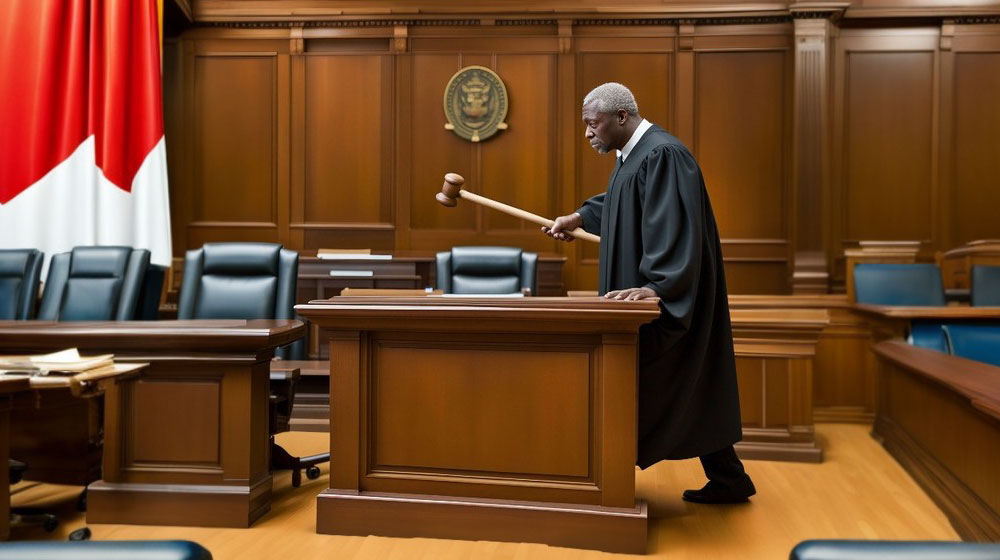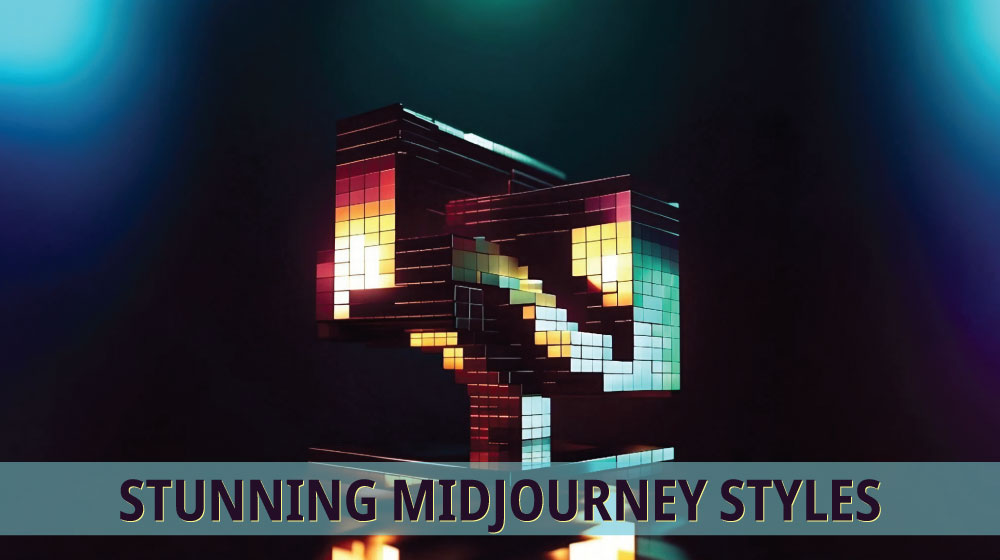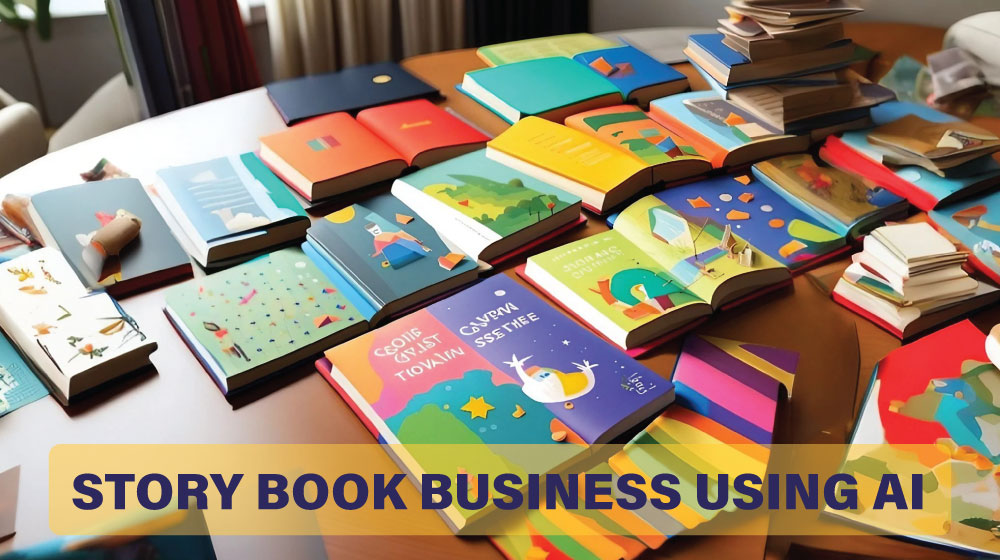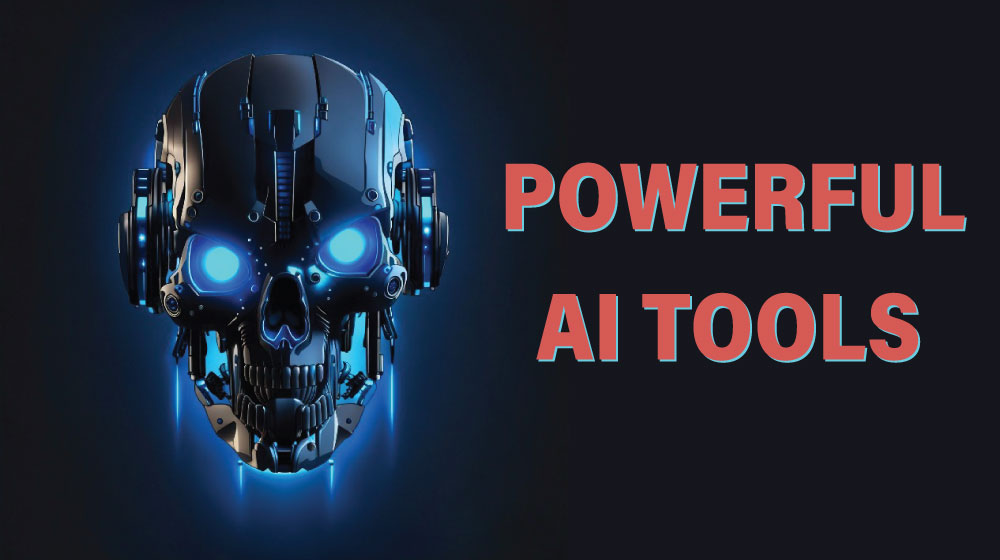AI-Generated Art: Exploring the Legal Implications
Artificial Intelligence (AI) has become a popular tool for creating digital art, raising questions about its legality and whether AI-generated designs can be used for print on demand and sold. In this blog post, we'll dive into the legal aspects of using AI in art creation and discuss what is permissible within the bounds of copyright and trademark laws.
Is AI Art Cheating or Ethical?
One common argument against using AI in art creation is that it is considered cheating and lacks the skill of traditional artwork. However, this is more of an ethical argument than a legal one. Art is subjective, and AI-generated designs can still be considered art even if they don't involve traditional artistic skills. Comparing it to buying a pre-built doghouse instead of making one yourself, both approaches result in the creation of a doghouse. Therefore, the cheating argument doesn't hold much weight.
Another argument is that AI art is built from other people's work, raising concerns about copyright infringement. However, AI systems like Midjourney and Stable Diffusion train on millions of images to learn and understand various visual concepts, including color, style, and composition. When using AI to create art, only a minimal amount of existing work is used, and the resulting output is a transformed and unique expression. This falls under the fair use exception, which allows for the creation of new works based on existing ones without infringing on copyright or trademark laws.
Ownership and Creation of AI-Generated Art
When it comes to ownership and the creation of AI-generated art, several factors come into play. Firstly, it depends on the platform used for generating the art. Different platforms have varying terms and agreements regarding ownership rights. For example, Midjourney's free plan may retain some ownership rights over publicly created images, while its paid plans grant more flexibility in using and selling the generated designs.
Secondly, the question of who owns the AI-generated art depends on whether the work was entirely created by AI. If a piece of art is solely generated by AI, ownership is generally attributed to the individual or entity that compiled the AI-generated components. However, this ownership might not provide the same level of copyright and trademark protection as a manually hand-drawn artwork.
Selling AI-Generated Art: Usage Rights and License Agreements
Whether you can sell AI-generated art depends on the platform's usage rights and license agreements. Some platforms may restrict commercial use, while others allow it under specific plans or agreements. For instance, Midjourney's paid plans come with commercial rights, enabling users to sell the generated designs in print on demand or through other businesses.
It's essential to review the platform's terms of service and understand the license agreements associated with AI-generated art. By ensuring you have the appropriate license, you can legally create, use, and sell AI-generated designs without infringing on copyright or trademark laws. However, it's worth noting that other individuals may still be able to use similar AI-generated elements as the creations become part of the publicly available data for inspiration and further creation.
Staying Within Legal Boundaries
To stay on the right side of the law when using AI-generated art, it's important to follow a few guidelines:
Use platforms that allow commercial use and provide appropriate license agreements.
Avoid using copyrighted or trademarked images as prompts or references.
Focus on creating unique designs by using original prompts and combining AI-generated elements in your compositions.
Understand that AI-generated art, while legally protected, may have limited enforceability due to the difficulty and cost of pursuing legal action.
By adhering to these guidelines and using AI as a tool to enhance your creativity, you can harness the power of AI to create unique and compelling designs for various purposes.
Disclaimer: This blog post does not constitute legal advice. It is based on general information and an understanding of AI-generated art within the legal framework at the time of writing. It is recommended to consult a legal professional or review specific platform terms for detailed guidance.





